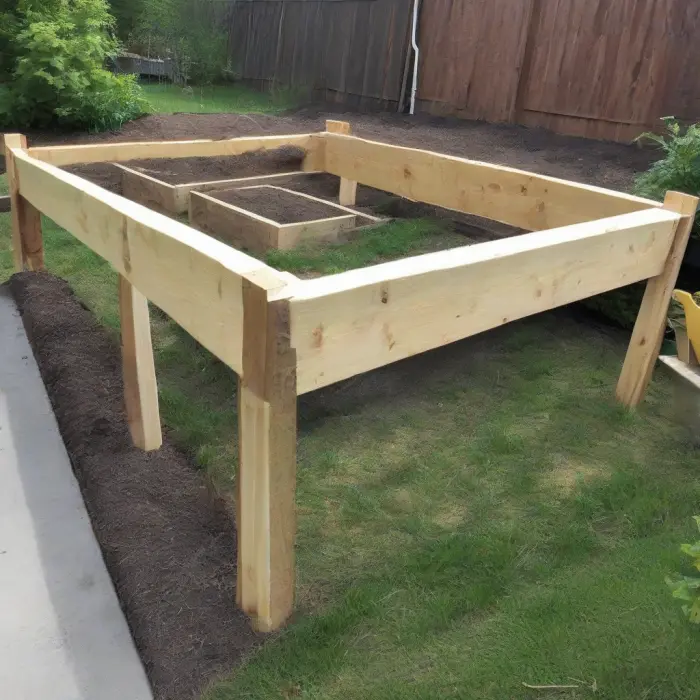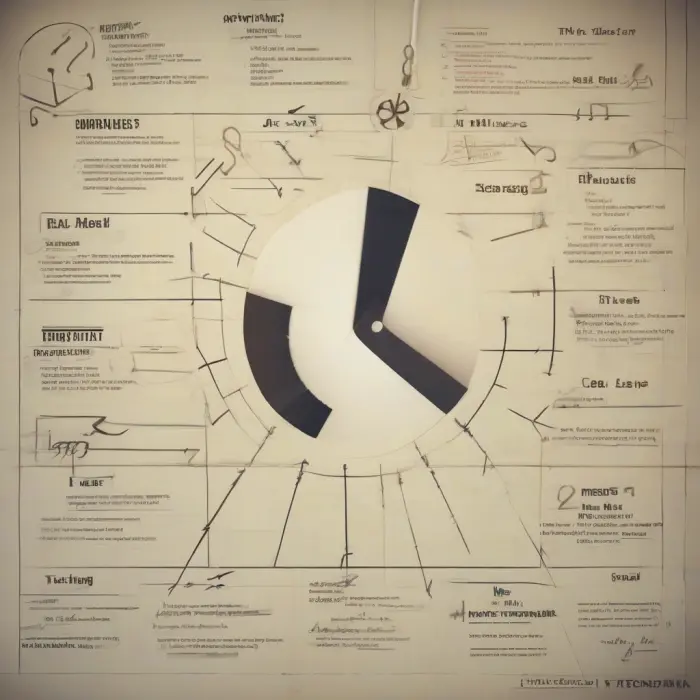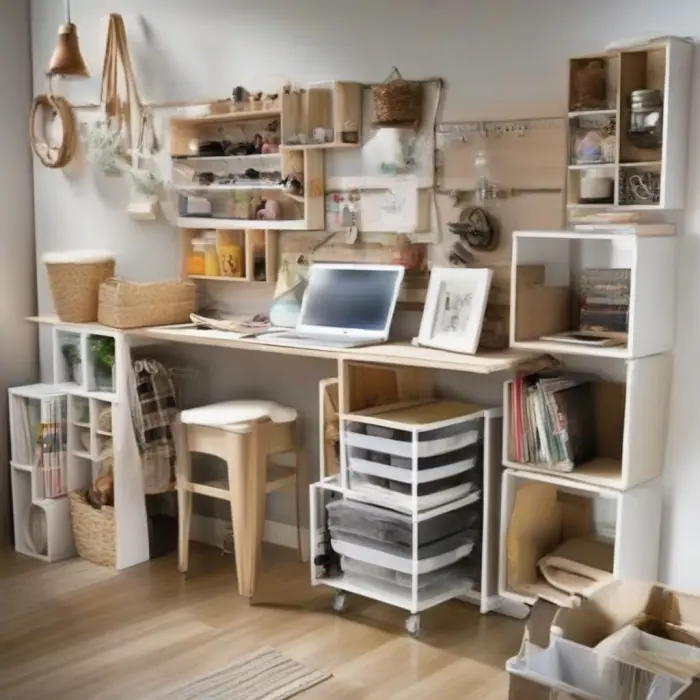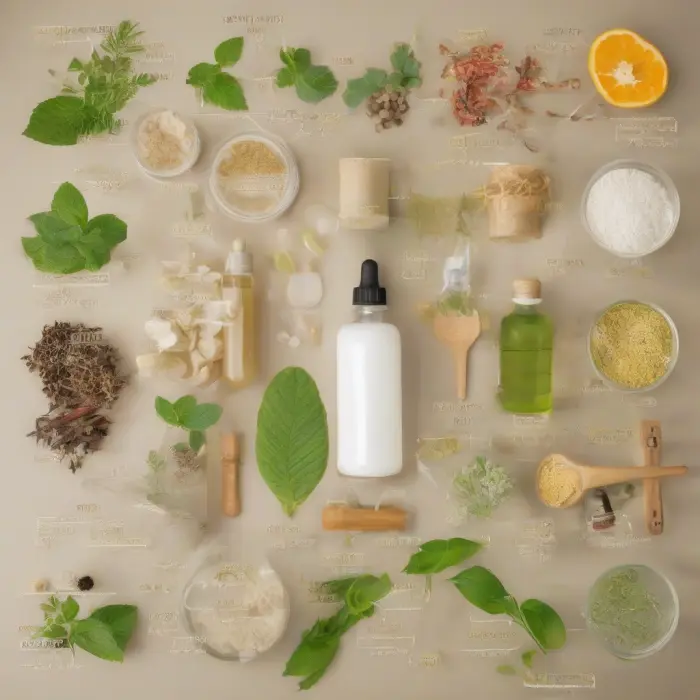How to Grow Your Own Indoor Herb Garden
Growing your own indoor herb garden can be a rewarding and nutritious hobby. Not only does it provide fresh herbs for your homemade dishes all year round, but it adds a touch of greenery to your home, creating a calming and serene environment. Below is a step by step guide on how to grow your own indoor herb garden.
Choosing Suitable Herbs
Not all herbs are suitable for indoor cultivation. Hence, it's important to select those that can thrive indoors, such as basil, parsley, chives, oregano, and thyme. These herbs generally have the same requirements: a good amount of light, stable temperatures, and moderate humidity. If you are a beginner, start with easier herbs like basil and parsley.
Getting The Necessary Supplies
To create your indoor herb garden, you will require the following items:
- Pots or containers: Opt for those with drainage holes to prevent waterlogging.
- Quality potting mix:It should be fast-draining to prevent water retention that results in root rot.
- Fertilizer: Choose one suitable for edible plants, as some can have toxic elements.
- Garden trowel: To assist in filling your pots with the potting mix.
- Herb seeds or seedlings: You can buy these from a local nursery or online.
Setting Up Your Indoor Herb Garden
- Fill your pots:Start by filling your pots with the potting mix using your garden trowel. Leave about an inch of space from the top.
- Plant your seeds:Follow the instructions on the seed packet regarding depth and spacing. If using seedlings, create a small hole in the centre of the pot, place the seedling in, and cover the roots with soil.
- Position your pots: Place your pots near a sunny window. Most herbs need around six hours of sunlight a day. If you don’t have a spot that receives enough sunlight, consider using a LED grow light.
- Water appropriately: Don't overwater your herbs. Water thoroughly when the top inch of soil is dry.
Regular Maintenance
Regular maintenance of your indoor herb garden involves proper watering, regular feeding with fertilizer, and harvesting the leaves correctly. Over time, remove any dead or yellow leaves to keep your herbs healthy and productive.
By following the steps listed above diligently, you'll be well on your way to owning a thriving herb garden. Indoor herb gardens are not just a source of fresh and flavorful ingredients for your culinary experiments, but also a visual and aromatic joy.










